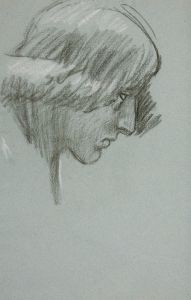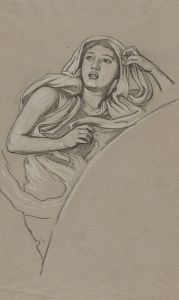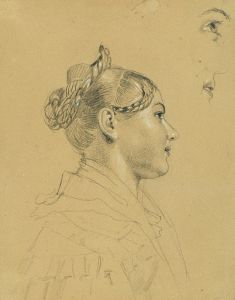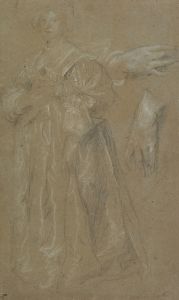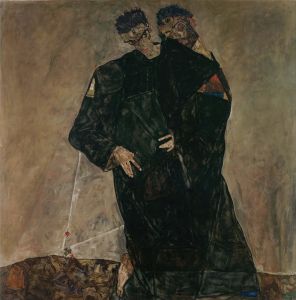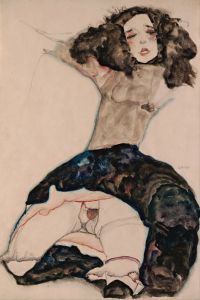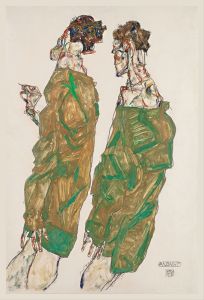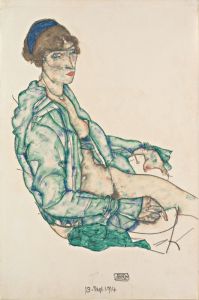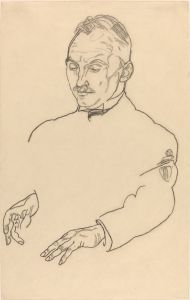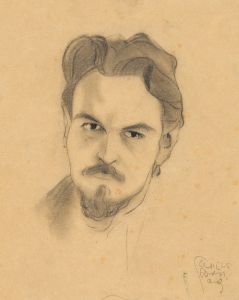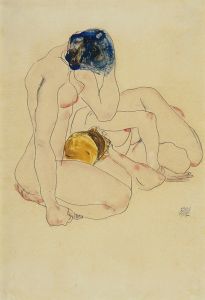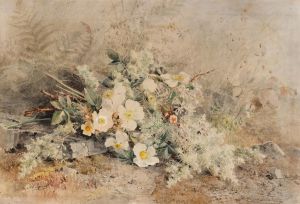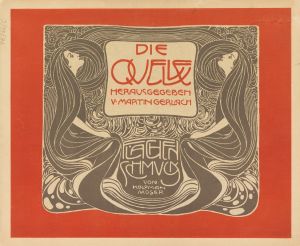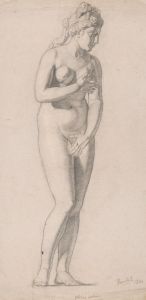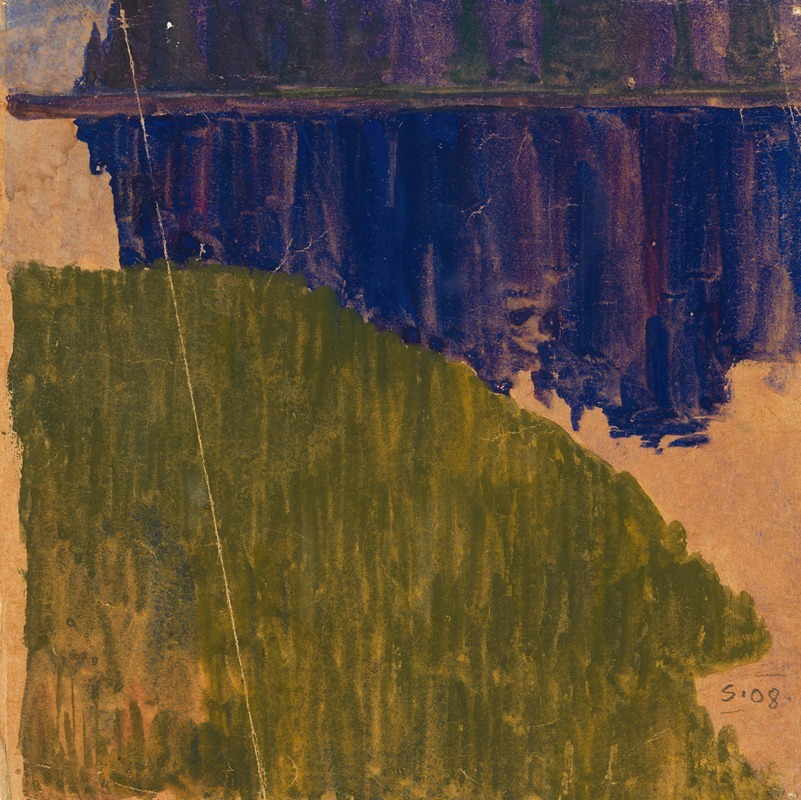
Landschaftsstudie; Hirschbergen – Böhmerwald
A hand-painted replica of Egon Schiele’s masterpiece Landschaftsstudie; Hirschbergen – Böhmerwald, meticulously crafted by professional artists to capture the true essence of the original. Each piece is created with museum-quality canvas and rare mineral pigments, carefully painted by experienced artists with delicate brushstrokes and rich, layered colors to perfectly recreate the texture of the original artwork. Unlike machine-printed reproductions, this hand-painted version brings the painting to life, infused with the artist’s emotions and skill in every stroke. Whether for personal collection or home decoration, it instantly elevates the artistic atmosphere of any space.
Egon Schiele's Landschaftsstudie; Hirschbergen – Böhmerwald (translated as Landscape Study; Hirschbergen – Bohemian Forest) is a work by the Austrian Expressionist painter Egon Schiele. Known for his distinctive style and emotionally charged compositions, Schiele is widely regarded as one of the most significant artists of the early 20th century. This particular piece is a landscape study, showcasing Schiele's interest in capturing the natural world with a unique and expressive approach.
The painting depicts a view of the Bohemian Forest (Böhmerwald), a region that spans parts of modern-day Austria, Germany, and the Czech Republic. The specific reference to "Hirschbergen" in the title is less clear, as it may refer to a location or feature within the area. Schiele often drew inspiration from the landscapes of his native Austria and surrounding regions, incorporating bold lines, exaggerated forms, and a vivid color palette to convey a sense of mood and atmosphere.
Created during Schiele's prolific career, the work reflects his ability to transform traditional landscape painting into something deeply personal and modern. Unlike the idealized or realistic depictions of nature common in earlier periods, Schiele's landscapes often emphasize the raw, untamed qualities of the environment. His use of color and form in Landschaftsstudie; Hirschbergen – Böhmerwald suggests a departure from naturalism, instead focusing on the emotional resonance of the scene.
Schiele's career was tragically cut short when he died in 1918 at the age of 28 during the Spanish flu pandemic. Despite his brief life, he left behind a substantial body of work that includes portraits, figure studies, and landscapes. His art is often associated with the Vienna Secession movement, though his style evolved to become distinctly his own.
As with many of Schiele's works, Landschaftsstudie; Hirschbergen – Böhmerwald demonstrates his innovative approach to composition and his ability to convey a sense of intensity and vitality. The painting is an example of how Schiele redefined landscape art, moving beyond mere representation to explore deeper emotional and psychological dimensions.
Further details about the painting, such as its current location or specific creation date, are not widely documented in available sources.





